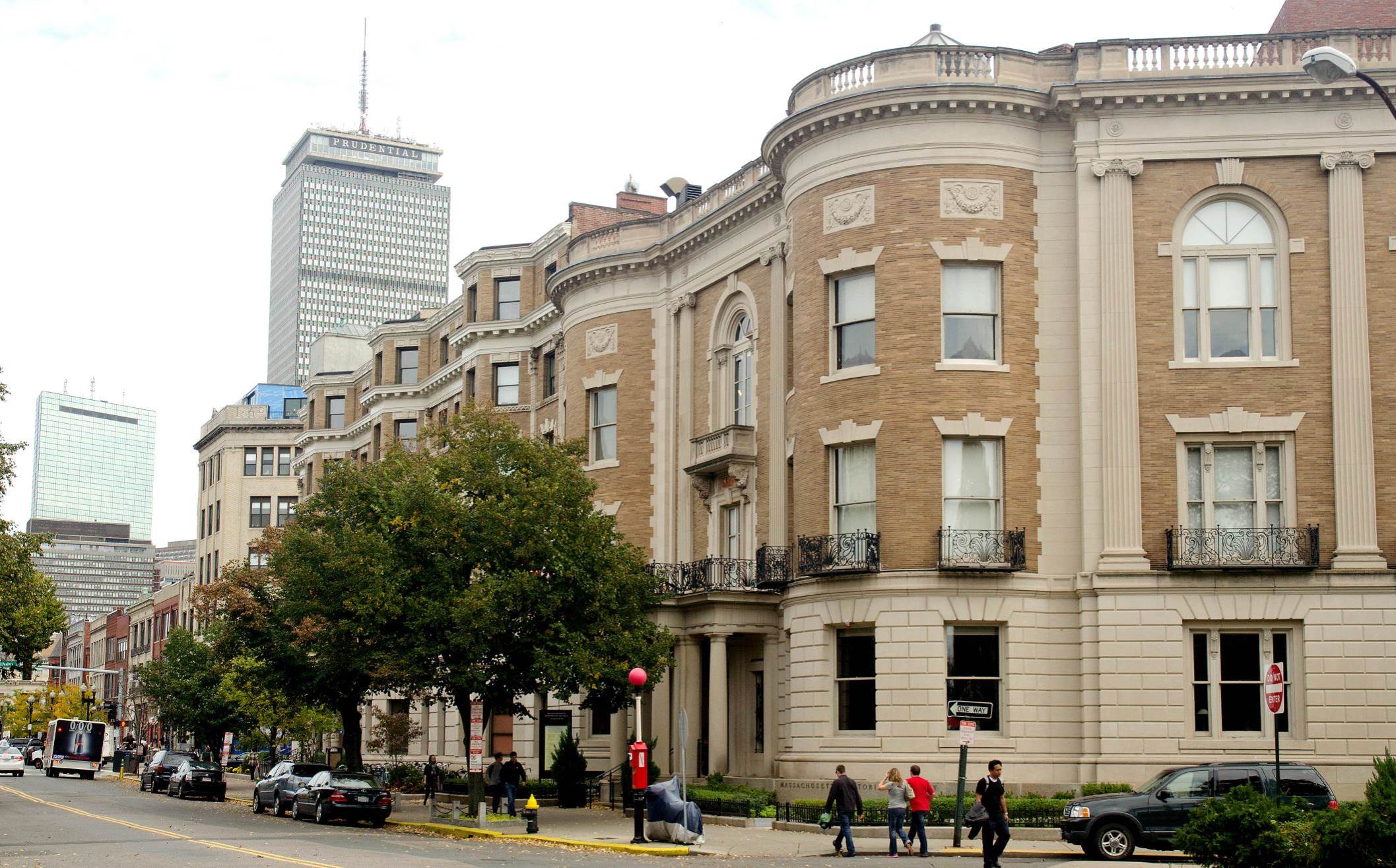By Gavin Kleespies, Public Programs
This past November, Henry Louis Gates Jr. and Maria Tatar spoke at the MHS about their new book The Annotated African American Folktales. This publication presents nearly 150 African American stories, among them familiar Brer Rabbit classics, but also stories like “The Talking Skull” and “Witches Who Ride,” as well as out-of-print tales from the 1890s’ Southern Workman. Professor Gates’ reflections on how folktales weaved into his own personal history made the power of these stories very real, while professor Tatar helped place these stories in historical context and as a part of the American literary tradition.
Both Gates and Tatar are faculty members at Harvard University. Professor Tatar is the John L. Loeb Professor of Germanic Languages and Literatures. She chairs the Program in Folklore and Mythology, where she teaches courses in German Studies, Folklore, and Children’s Literature. Henry Louis Gates, Jr., is the Alphonse Fletcher University Professor and Director of the Hutchins Center for African and African American Research. He is an Emmy Award-winning filmmaker, a literary scholar, a journalist, a cultural critic, and an Overseer and long term friend to the MHS.
For the audience, it was a captivating opportunity to hear new tales and revisit some familiar stories. These folktales are so full of wisdom, humor, whimsy, and intelligence that anyone who reads or hears them must understand that they should hold a prominent place in the Western literary canon. However, the personal stories of when these tales were first heard or memories of them being shared made the evening truly special.
Kicking off African American History Month, we have made this program available to all on our website. Over the course of the month we are hosting several programs that explore aspects of African American history.
February 8 – 6:00 pm
Thunder at the Gates: The Black Civil War Regiments that Redeemed America with Douglas Edgarton (Le Moyne College)
One of the most treasured objects belonging to the Society’s collection is the battle sword of Robert Gould Shaw, the leader of the courageous 54th Massachusetts infantry, the first black regiment in the north. The prominent Shaw family of Boston and New York had long been involved in reform, from antislavery to feminism, and their son, Robert, took up the mantle of his family’s progressive stances, though perhaps more reluctantly. In this lecture, historian Douglas R. Egerton focuses on the entire Shaw family during the war years and how preceding generations have dealt with their legacy.
$10 (free for MHS members)
February 20 – 6:00 pm
Growing Up with the Country with Kendra Field (Tufts University)
Following the lead of her own ancestors, Kendra Field’s epic family history chronicles the westward migration of freedom’s first generation in the fifty years after emancipation. Field traces their journey out of the South to Indian Territory, where they participated in the development of black towns and settlements. When statehood, oil speculation, and segregation imperiled their lives, some launched a back-to-Africa movement, while others moved on to Canada and Mexico. Interweaving black, white, and Indian histories, Field’s narrative explores how ideas about race and color powerfully shaped the pursuit of freedom.
$10 (free for MHS members)
February 26 – 6:00 pm
Supreme Injustice: Slavery in the Nation’s Highest Court with Paul Finkelman (Gratz College)
The three most important Supreme Court Justices before the Civil War—Chief Justices John Marshall and Roger B. Taney and Associate Justice Joseph Story—upheld the institution of slavery in ruling after ruling. These opinions cast a shadow over the Court and the legacies of these men, but historians have rarely delved deeply into the personal and political ideas and motivations they held. In Supreme Injustice Paul Finkelman establishes an authoritative account of each justice’s proslavery position, the reasoning behind his opposition to black freedom, and the incentives created by his private life.




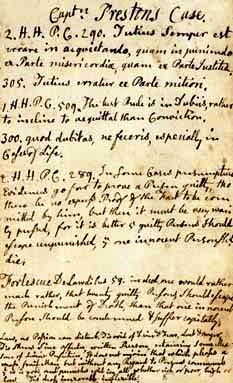

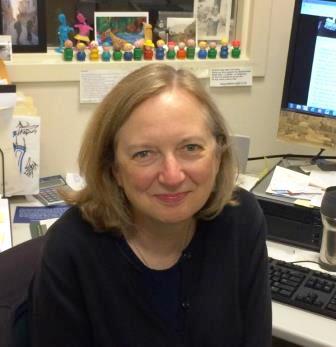

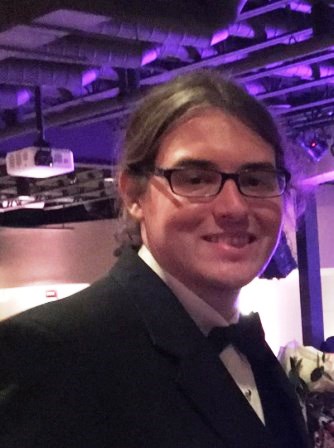
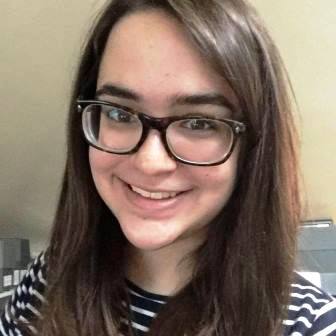
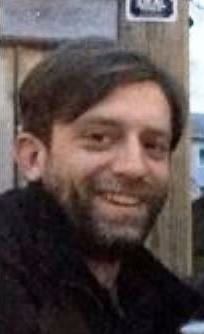

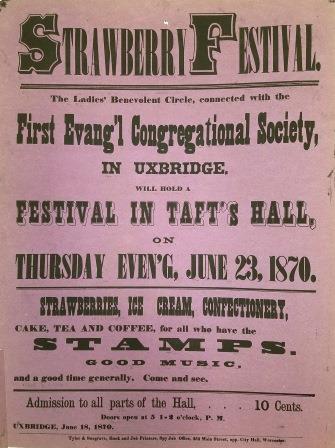

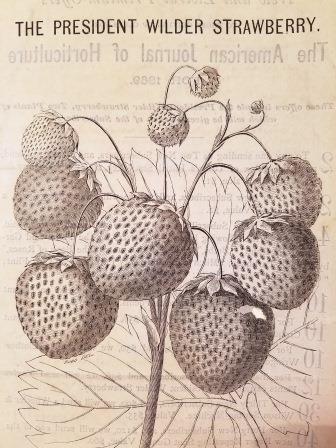
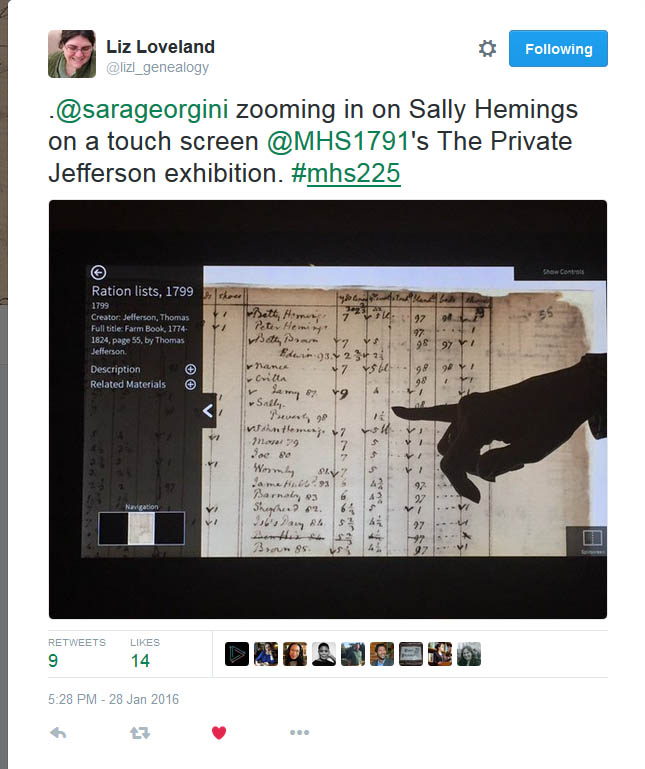 The digital content and the touch screens of various sizes–ranging from one large (65″) screen to two Dell All-in-Ones and one Microsoft Surface tablets–had to be physically incorporated into the exhibition. Gavin worked with exhibition designer Will Twombly and MHS’s Chris Coveney to ensure that the screens were accessible and functional in the gallery spaces.
The digital content and the touch screens of various sizes–ranging from one large (65″) screen to two Dell All-in-Ones and one Microsoft Surface tablets–had to be physically incorporated into the exhibition. Gavin worked with exhibition designer Will Twombly and MHS’s Chris Coveney to ensure that the screens were accessible and functional in the gallery spaces.